Home>Furniture & Design>Living Room Furniture>How To Build Your Own Dining Table
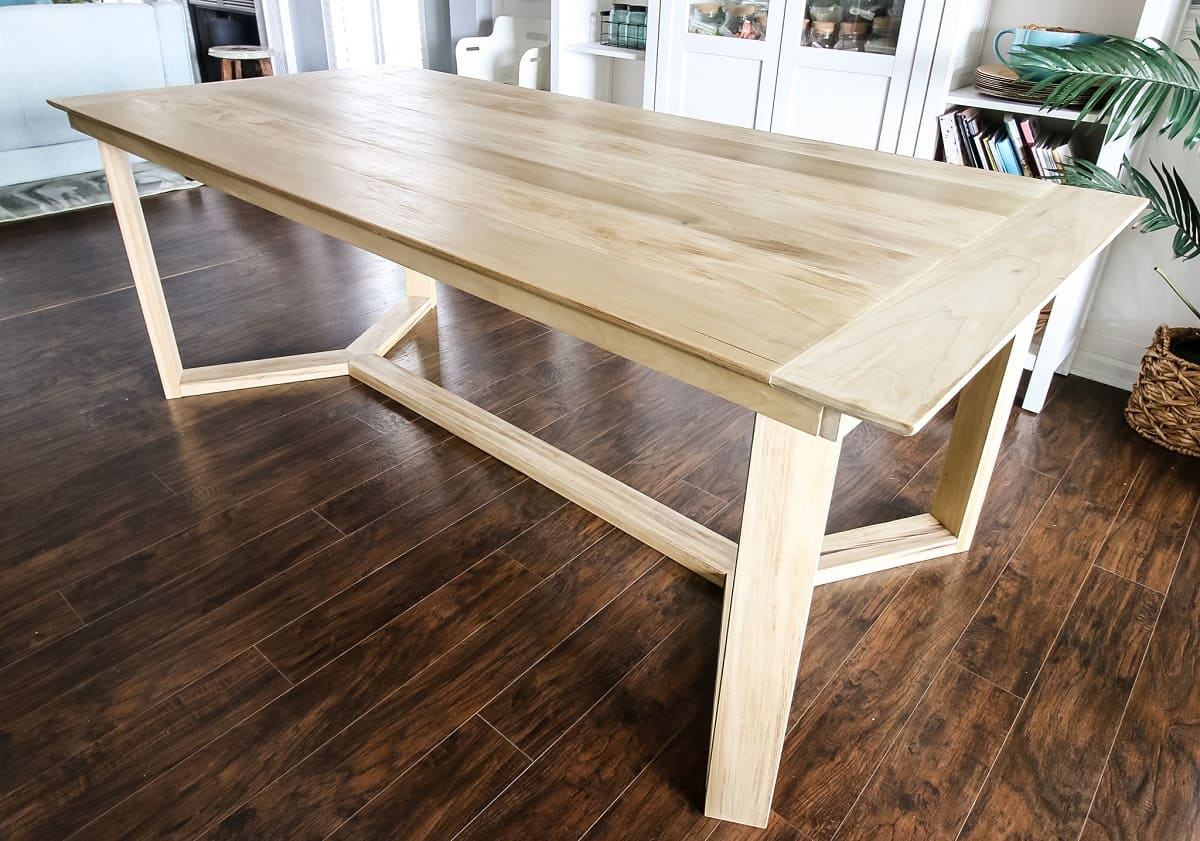

Living Room Furniture
How To Build Your Own Dining Table
Modified: January 20, 2024
Learn how to build your own dining table and elevate your living room furniture with our expert tips and design ideas. Create a unique piece that perfectly complements your living space.
(Many of the links in this article redirect to a specific reviewed product. Your purchase of these products through affiliate links helps to generate commission for Storables.com, at no extra cost. Learn more)
Introduction
Welcome to the world of DIY furniture building! There’s something truly special about creating a piece of furniture with your own hands, and building your own dining table is a project that can bring immense satisfaction. Not only does it allow you to customize the table to fit your specific needs and style preferences, but it also provides a great opportunity to unleash your creativity and craftsmanship.
Building a dining table from scratch may seem like a daunting task, but with the right guidance and a can-do attitude, it’s a rewarding endeavor that anyone can take on. Whether you’re a seasoned woodworking enthusiast or a novice looking to embark on your first major DIY project, this guide will walk you through the process of building your own dining table, from selecting the perfect materials to adding the finishing touches.
In the following sections, we’ll explore the crucial steps involved in creating a custom dining table that will serve as the centerpiece of your home. We’ll delve into the selection of materials, the design process, the tools and supplies you’ll need, and the step-by-step construction of the table top and base. By the time you’ve completed this project, you’ll not only have a stunning dining table to gather around with family and friends, but you’ll also have gained valuable skills and a sense of accomplishment that only comes from creating something remarkable with your own two hands.
So, roll up your sleeves, prepare to get a little sawdust on your hands, and let’s embark on this exciting journey of crafting a beautiful dining table that will be a testament to your creativity and dedication.
Key Takeaways:
- Building your own dining table allows you to unleash creativity, personalize your space, and gain valuable woodworking skills, resulting in a unique and enduring centerpiece for your home.
- Carefully selecting high-quality materials, infusing personal style into the design, and meticulously crafting each component are essential for creating a beautiful and resilient DIY dining table.
Read more: How To Build Your Own Buffet Table
Choosing the Right Materials
Before you embark on the exhilarating journey of building your own dining table, it’s essential to carefully select the materials that will bring your vision to life. The choice of materials will not only impact the table’s aesthetic appeal but also its durability and overall quality. Here are some key considerations to keep in mind when choosing the materials for your DIY dining table:
- Wood Selection: The type of wood you choose will significantly influence the table’s appearance and longevity. Hardwoods such as oak, maple, cherry, and walnut are popular choices for dining tables due to their durability and beautiful grain patterns. Softwoods like pine and cedar offer a more rustic charm and are often more budget-friendly.
- Tabletop Surface: Consider the desired finish of the tabletop. Do you prefer a smooth, polished surface or a more natural, textured look? Different wood species and finishes can achieve distinct visual effects, so envision the ambiance you want to create in your dining space.
- Supporting Materials: In addition to the primary wood for the tabletop, you’ll need to select materials for the table base and any additional structural components. This might include metal brackets, screws, and other hardware, depending on the design and style of your table.
- Finishing Products: Choose the appropriate finish for your table, such as varnish, stain, or paint. Each finish has unique characteristics and will contribute to the final look of the table. Consider factors like durability, ease of application, and the level of protection the finish provides against spills and scratches.
When sourcing your materials, prioritize quality and sustainability. Selecting high-quality, responsibly sourced wood not only ensures a more robust and visually appealing table but also aligns with eco-friendly practices, making your project an environmentally conscious endeavor.
Keep in mind that selecting the best wood for dining table is crucial. Your choices should not only showcase your personal style and harmonize with your home’s aesthetics but also endure the demands of everyday use. By carefully evaluating every aspect, including the wood type and finishing treatments, you’ll create the foundation for a dining table that combines both durability and elegance.
Designing Your Dining Table
Designing your own dining table offers a thrilling opportunity to infuse your personal style and preferences into a functional piece of furniture. Whether you envision a sleek, modern table or a rustic farmhouse-style centerpiece, the design phase is where your creativity takes center stage. Here are essential steps to consider when crafting the perfect design for your DIY dining table:
- Size and Shape: Determine the ideal dimensions for your dining table based on the available space and the number of people it should accommodate. Rectangular tables are classic and versatile, while round tables encourage intimate conversations. Consider the proportions that will harmonize with your dining area.
- Leg Style: Explore various leg designs, such as tapered, turned, or straight legs, to find a style that complements your overall aesthetic. The leg style can significantly impact the table’s appearance and stability.
- Tabletop Edge Profile: The edge profile of the tabletop can add character to your table. Whether you prefer a crisp, clean edge or a more ornate profile, this detail contributes to the overall look and feel of the table.
- Joinery Techniques: Research different joinery methods, such as mortise and tenon, dowel, or pocket hole joints, to determine which best suits your skill level and the table’s design. The joinery not only affects the table’s structural integrity but also adds a distinctive touch to its construction.
- Aesthetic Details: Consider embellishments such as inlays, wood carvings, or decorative accents that can elevate the visual appeal of your table and make it uniquely yours.
As you conceptualize your design, leverage tools like sketching, 3D modeling software, or even simple mock-ups to visualize the final product. This process allows you to refine your ideas and ensure that the design aligns with your vision before you begin construction.
Furthermore, draw inspiration from existing furniture designs, architectural elements, and nature to spark your creativity. Whether it’s the graceful curve of a tree branch or the clean lines of a modern building, the world around you can provide a wealth of inspiration for your table’s design.
By thoughtfully considering the size, style, and intricate details of your dining table, you’ll be well-equipped to create a design that not only meets your functional needs but also resonates with your unique sense of style and craftsmanship.
Gathering Your Tools and Supplies
Before you roll up your sleeves and dive into the exhilarating process of building your own dining table, it’s crucial to ensure that you have all the necessary tools and supplies at your disposal. Equipping yourself with the right gear will not only streamline the construction process but also contribute to the quality and precision of your work. Here’s a comprehensive list of essential tools and supplies you’ll need for this rewarding DIY endeavor:
- Measuring and Marking Tools: A tape measure, combination square, and marking gauge are indispensable for taking accurate measurements and ensuring precise cuts and joinery.
- Cutting Tools: A table saw, circular saw, or a quality handsaw will be required for cutting the wood to the desired dimensions. Additionally, a miter saw or a miter box and backsaw can facilitate angled cuts for the table’s components.
- Joinery Tools: Depending on your chosen joinery techniques, you may need tools such as a chisel set, a doweling jig, a pocket hole jig, or a router for creating mortises and tenons.
- Clamps and Fastening Tools: A selection of clamps, including bar clamps, pipe clamps, and spring clamps, will be essential for securing components during assembly. Additionally, a drill/driver with a varied assortment of drill bits and screws will be necessary for fastening the table’s elements.
- Sanding and Finishing Tools: An orbital sander or sanding block, along with a range of sandpaper grits, will enable you to achieve a smooth and refined surface for your table. Furthermore, brushes or sprayers for applying finishes like varnish or paint are essential for enhancing the wood’s natural beauty and providing protection.
- Safety Gear: Don’t overlook the importance of safety equipment, including safety glasses, ear protection, and a dust mask. Working with power tools and wood dust requires safeguarding your eyes, ears, and respiratory system.
- Quality Materials: Source high-quality wood, fasteners, and finishing products to ensure the longevity and visual appeal of your dining table. Opt for responsibly sourced wood and durable hardware to create a table that’s both sustainable and enduring.
By assembling a comprehensive array of tools and supplies, you’ll set the stage for a smooth and efficient construction process, allowing you to focus on the craftsmanship and artistry of building your own dining table.
When building your own dining table, make sure to use sturdy and durable materials such as hardwood or metal for the frame to ensure the table can support the weight of dishes and people.
Building the Table Top
The table top serves as the focal point of your dining table, where meals are shared, conversations unfold, and memories are made. Crafting a sturdy and visually captivating table top requires meticulous attention to detail and a methodical approach. Here’s a step-by-step guide to constructing a beautiful and resilient table top that will be the heart of your DIY dining table:
- Preparing the Wood: Begin by selecting high-quality lumber for the table top. Ensure that the boards are straight, flat, and free from defects. Mill the boards to the desired dimensions, and joint and plane the edges to create clean, seamless joints.
- Arranging the Boards: Lay out the boards in the desired orientation, taking into account the wood grain, color variations, and any unique features you want to highlight. Experiment with different arrangements to find the most visually appealing composition.
- Gluing the Boards: Apply a generous amount of woodworking glue along the edges of the boards, then carefully clamp them together. Use cauls and clamping calls to ensure even pressure across the entire surface, minimizing any gaps between the boards.
- Trimming and Squaring: Once the glue has cured, unclamp the tabletop and trim the edges to create a uniform, straight perimeter. Using a hand plane or a router with a straight bit, square the edges to achieve a seamless fit with the table base.
- Sanding and Smoothing: Employ a progression of sandpaper grits to sand the tabletop thoroughly, removing any glue residue and achieving a silky-smooth surface. Pay special attention to the edges and corners, ensuring they are smooth and free from imperfections.
- Applying the Finish: Choose a finish that complements the wood species and aligns with your aesthetic preferences. Whether it’s a clear varnish to showcase the natural beauty of the wood or a stain to enhance its color, apply the finish evenly, following the manufacturer’s instructions.
Throughout the construction of the table top, precision and patience are paramount. Taking the time to properly prepare, assemble, and finish the tabletop will result in a stunning centerpiece that exudes craftsmanship and durability.
Remember, the table top not only serves as a functional surface but also embodies the character and artistry of your DIY creation. By investing care and skill into this essential component, you’ll lay the foundation for a dining table that’s as visually captivating as it is robust.
Read more: How To Build Your Own C-Style End Table
Constructing the Table Base
The table base provides the essential support and structural integrity for your dining table, contributing to its stability and overall aesthetic appeal. Whether you opt for a classic trestle design, elegant pedestal base, or contemporary geometric form, the construction of the table base demands precision and thoughtful engineering. Here’s a detailed overview of the steps involved in crafting a sturdy and visually striking base for your DIY dining table:
- Design Planning: Begin by finalizing the design and dimensions of the table base, considering factors such as leg style, apron details, and overall stability. Create detailed sketches or digital renderings to visualize the base’s structure and proportions.
- Material Preparation: Select premium lumber for the table base, ensuring that it complements the wood chosen for the tabletop. Mill the wood to the required dimensions, and meticulously joint and plane the surfaces to achieve flat, smooth components.
- Joinery and Assembly: Depending on your chosen design, employ precise joinery techniques such as mortise and tenon, dowel, or pocket hole joints to assemble the base components. Take care to ensure that the joints are snug and secure, promoting the base’s stability.
- Reinforcement and Bracing: Incorporate additional reinforcement, such as corner braces or stretchers, to enhance the base’s rigidity and prevent lateral movement. This step is crucial for ensuring that the table base can support the weight of the tabletop and withstand daily use.
- Finishing and Detailing: Sand the base components thoroughly to achieve a smooth, blemish-free surface. Apply a suitable finish that complements the table top and aligns with your design aesthetic, whether it’s a natural wood finish or a painted surface.
- Attaching the Tabletop: Once the base and tabletop are finished, carefully attach them using appropriate fastening methods, ensuring a secure and seamless connection that maintains the overall structural integrity of the dining table.
Throughout the construction of the table base, meticulous attention to detail and precision joinery are essential to ensure the base’s stability and longevity. By meticulously crafting a base that harmonizes with the table top and reflects your design vision, you’ll create a dining table that stands as a testament to your craftsmanship and creativity.
Remember, the table base not only serves as a functional support system but also embodies the artistry and structural prowess of your DIY creation. By investing care and skill into this vital component, you’ll lay the groundwork for a dining table that’s as durable as it is visually captivating.
Finishing Touches
As you near the completion of your DIY dining table, it’s time to add the finishing touches that will elevate its visual appeal and ensure its longevity. From final sanding and smoothing to the application of protective finishes, these crucial steps will bring your creation to its full splendor. Here’s a comprehensive guide to the essential finishing touches that will imbue your dining table with enduring beauty and charm:
- Final Sanding: Thoroughly sand the entire table, paying close attention to the tabletop, base, and any exposed edges. Gradually progress through the grits of sandpaper to achieve a smooth, flawless surface that’s free from imperfections.
- Edge Detailing: Consider adding decorative edge profiles to the tabletop, such as a beveled edge or a gentle round-over, to enhance its visual appeal and tactile comfort. This detail adds a refined touch to the table’s design.
- Surface Preparation: Ensure that the table’s surfaces are clean and free from dust and debris before applying the finish. Use a tack cloth to remove any residual particles and prepare the wood for the finishing process.
- Applying the Finish: Select an appropriate finish, such as polyurethane varnish, oil-based or water-based stain, or a protective coat of paint. Apply the finish evenly and methodically, following the manufacturer’s recommendations for application and drying times.
- Protective Coating: Apply multiple coats of the chosen finish, allowing each coat to dry thoroughly before applying the next. This process builds a resilient protective layer that enhances the wood’s natural beauty and guards against spills, scratches, and daily wear and tear.
- Assembly and Inspection: Once the finish has cured, carefully assemble the table components, ensuring a precise fit and secure connections. Inspect the entire table for any blemishes or irregularities, addressing them as needed to achieve a flawless final result.
- Appreciation and Enjoyment: Take a moment to admire your handiwork and revel in the satisfaction of bringing your vision to life. Your finished dining table is not just a piece of furniture; it’s a testament to your creativity, dedication, and craftsmanship.
By meticulously attending to these final details, you’ll infuse your dining table with a sense of artistry and refinement that will endure for years to come. Each stroke of the finish and every smoothing of the surface adds to the table’s character, ensuring that it will be a cherished centerpiece in your home.
As you complete the finishing touches, take pride in the journey you’ve undertaken and the masterpiece you’ve created. Your dining table is a reflection of your passion for craftsmanship and a symbol of the memories and gatherings it will host for generations to come.
Conclusion
Congratulations on embarking on the remarkable journey of building your own dining table! From selecting the finest materials to meticulously crafting each component, you’ve poured your creativity and dedication into creating a centerpiece that will grace your home for years to come. As you conclude this fulfilling endeavor, it’s essential to reflect on the significance of this achievement and the skills you’ve honed along the way.
Building a dining table from scratch is not merely a display of craftsmanship; it’s an expression of your unique vision and a testament to the joy of creating something with your own hands. Throughout this process, you’ve delved into the art of woodworking, mastering joinery techniques, understanding the nuances of wood selection, and embracing the satisfaction of bringing a design to life.
Moreover, this DIY project has allowed you to tailor every aspect of the dining table to suit your personal style and functional needs. Whether you’ve chosen a sleek, modern design or a rustic, farmhouse-inspired aesthetic, your dining table stands as a reflection of your individuality and taste, adding a distinctive touch to your living space.
As you admire the finished dining table, take pride in the memories it will foster and the warmth it will bring to your home. From shared meals with loved ones to moments of quiet reflection, your handcrafted table will witness and facilitate countless meaningful experiences, becoming an integral part of your family’s story.
Furthermore, the skills and knowledge you’ve acquired throughout this project will continue to inspire future endeavors. The confidence you’ve gained in working with wood, the precision of your craftsmanship, and the satisfaction of creating a functional piece of art will undoubtedly fuel your passion for DIY projects and woodworking pursuits.
So, as you gather around your newly crafted dining table, basking in the glow of your achievement, remember the dedication and artistry that have gone into its creation. Your DIY dining table is not just a piece of furniture; it’s a testament to your creativity, resilience, and the enduring joy of bringing dreams to fruition with your own two hands.
May your handcrafted dining table be a source of pride, warmth, and inspiration, serving as a reminder of the remarkable journey you’ve undertaken and the boundless possibilities that await in the world of DIY craftsmanship.
Frequently Asked Questions about How To Build Your Own Dining Table
Was this page helpful?
At Storables.com, we guarantee accurate and reliable information. Our content, validated by Expert Board Contributors, is crafted following stringent Editorial Policies. We're committed to providing you with well-researched, expert-backed insights for all your informational needs.
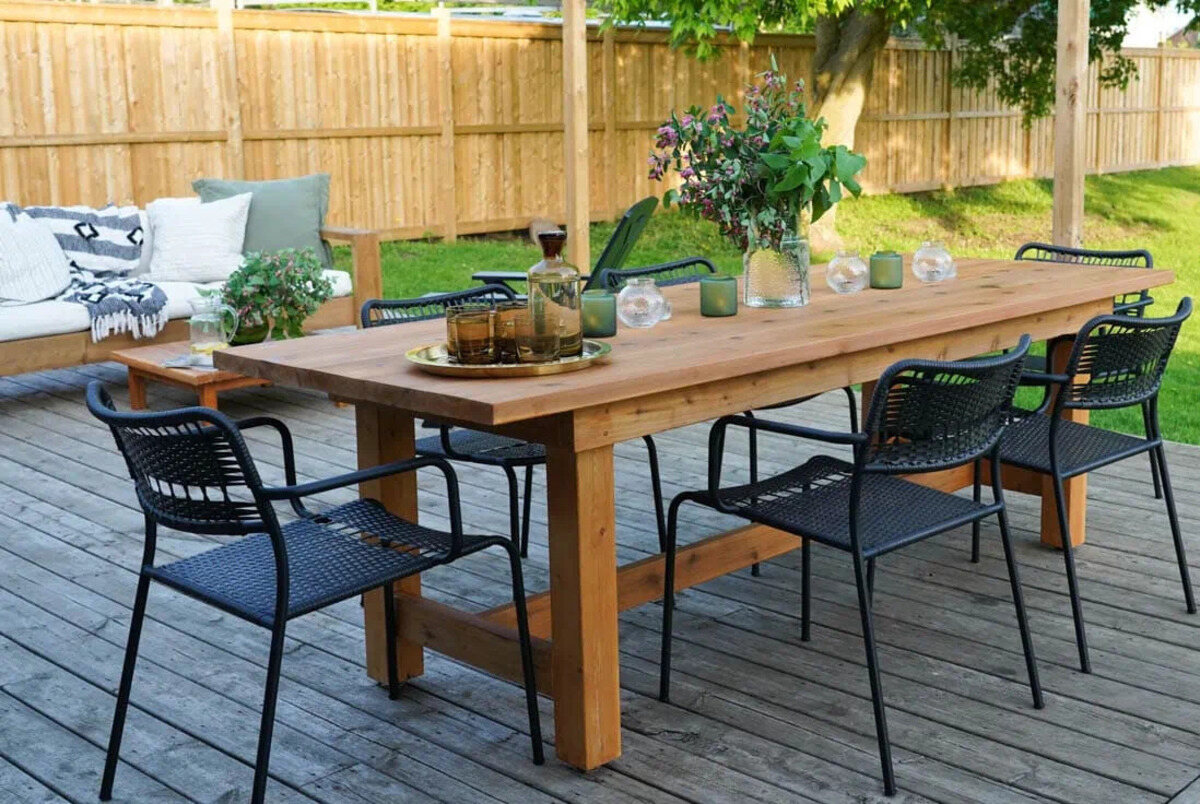
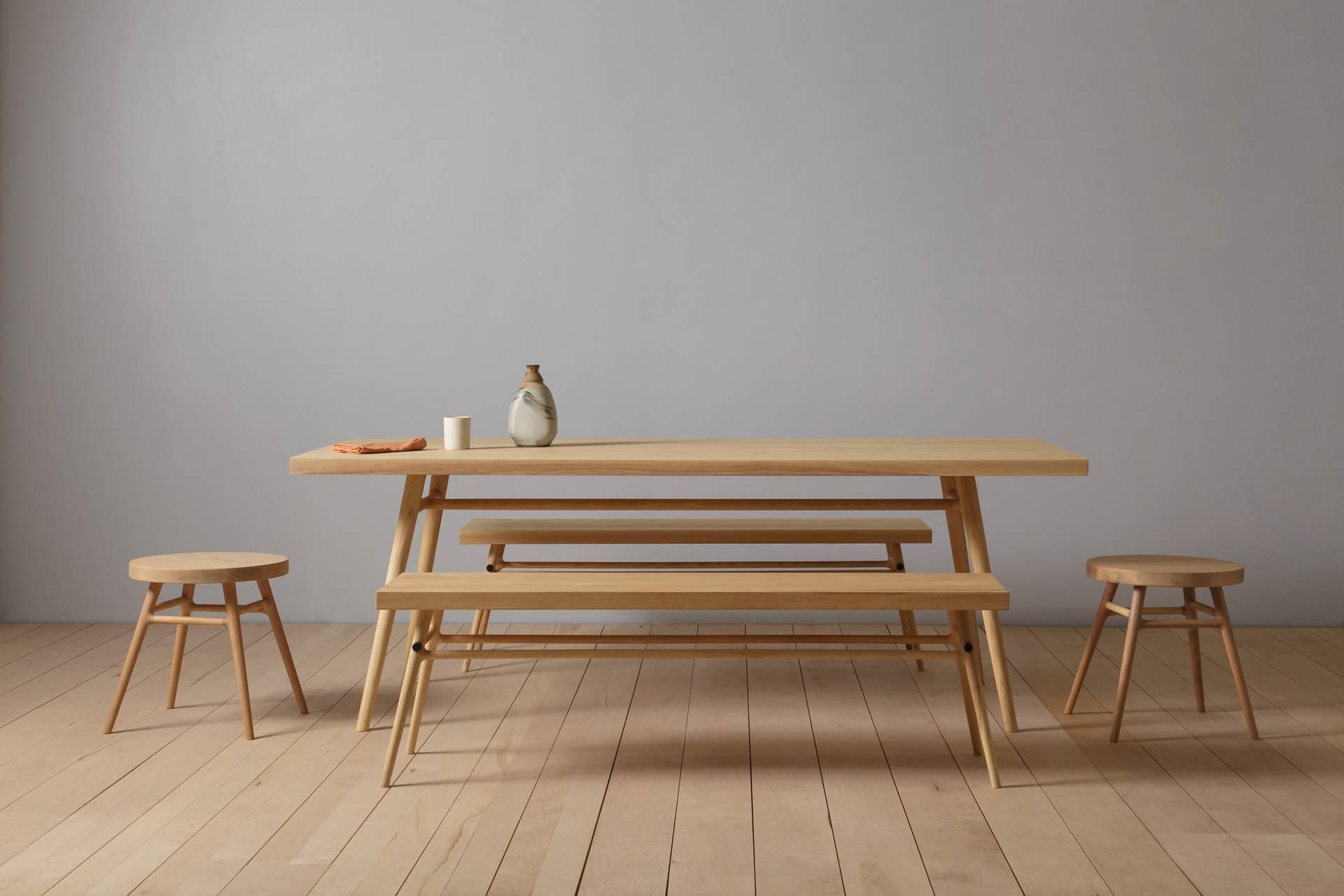
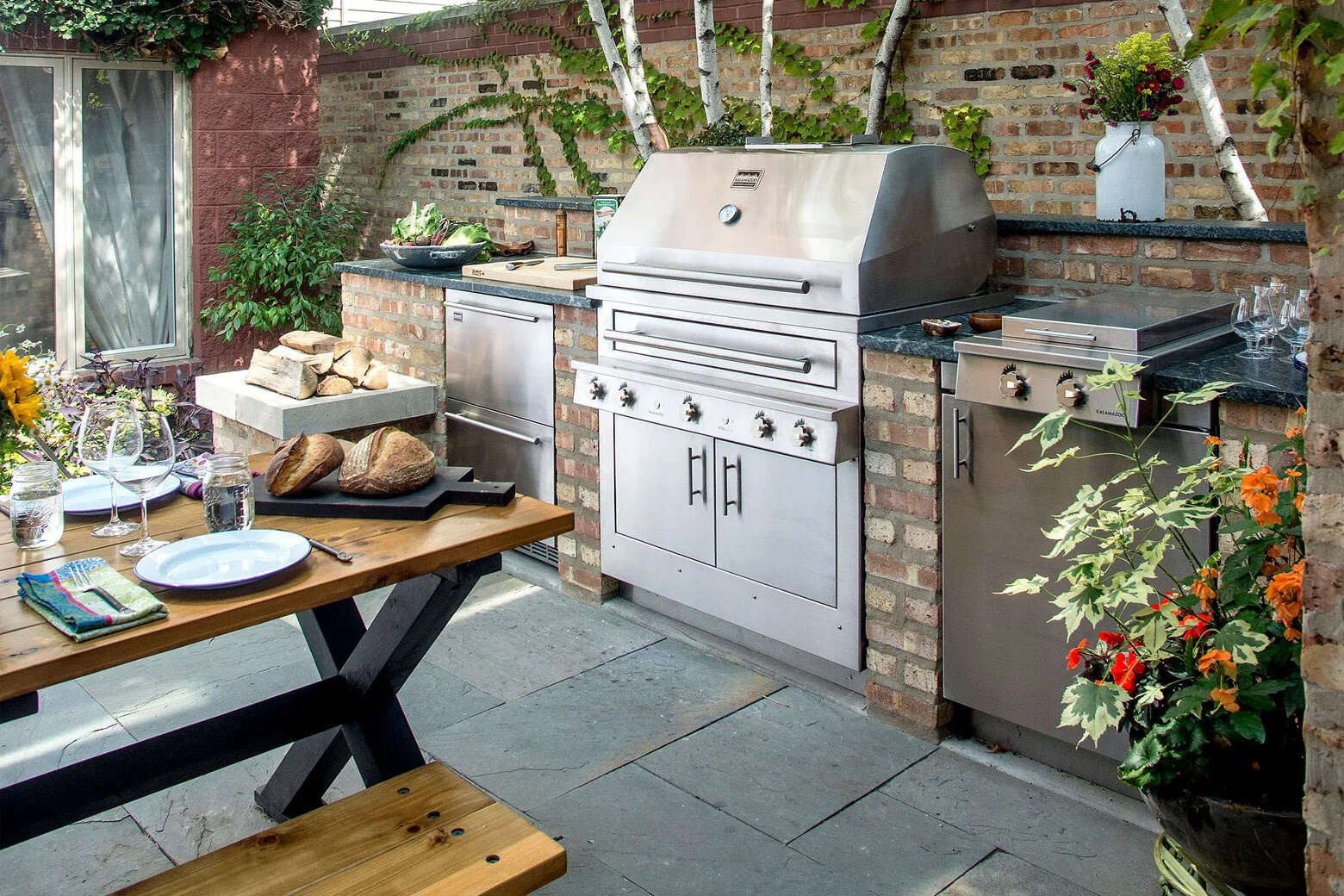
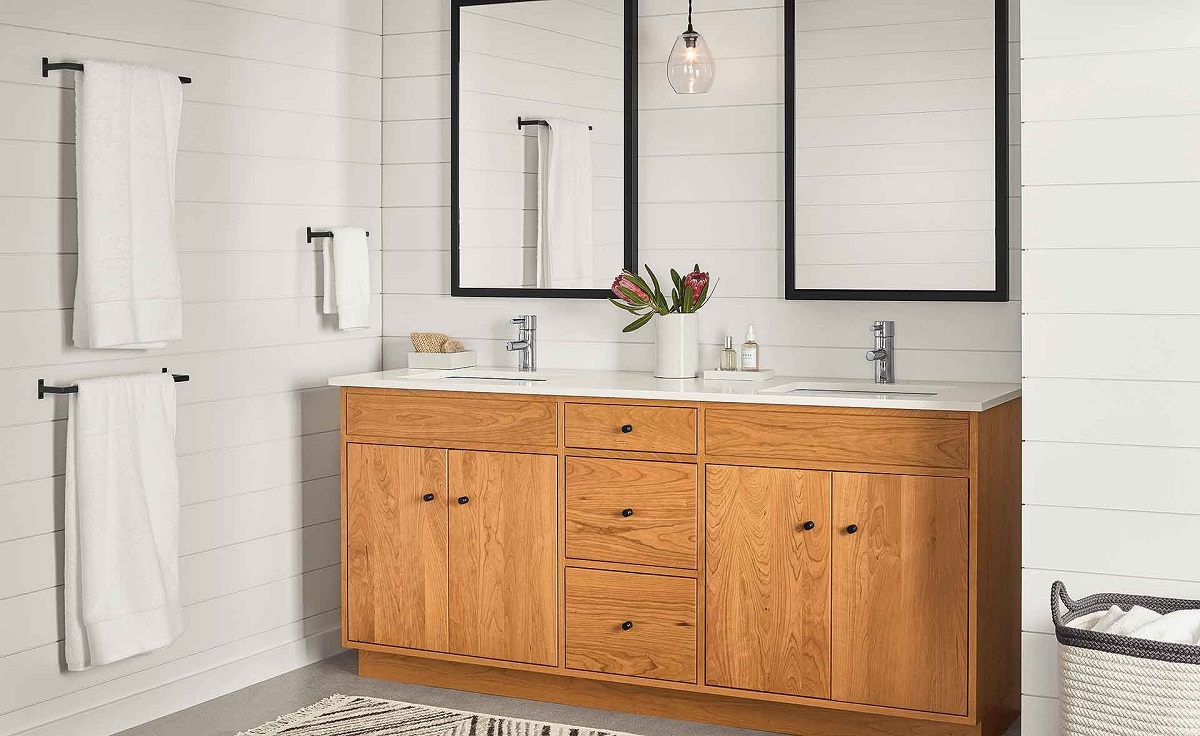

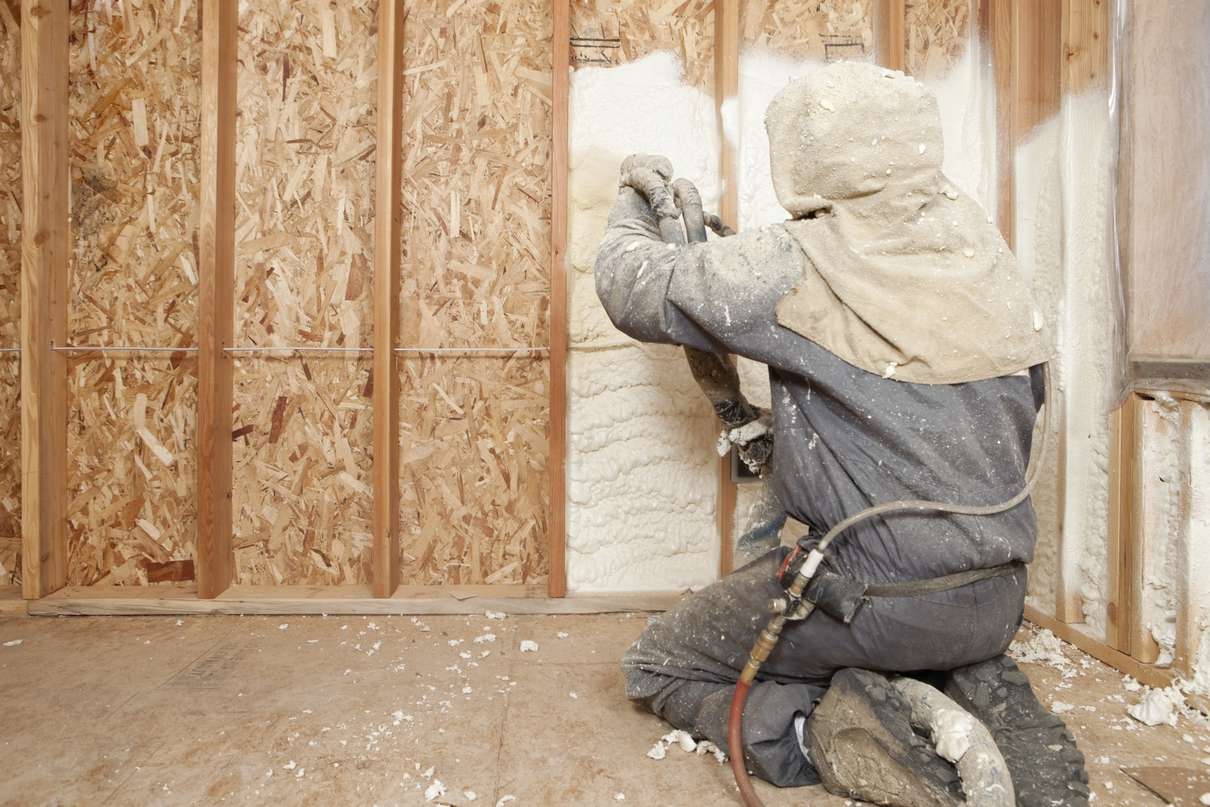

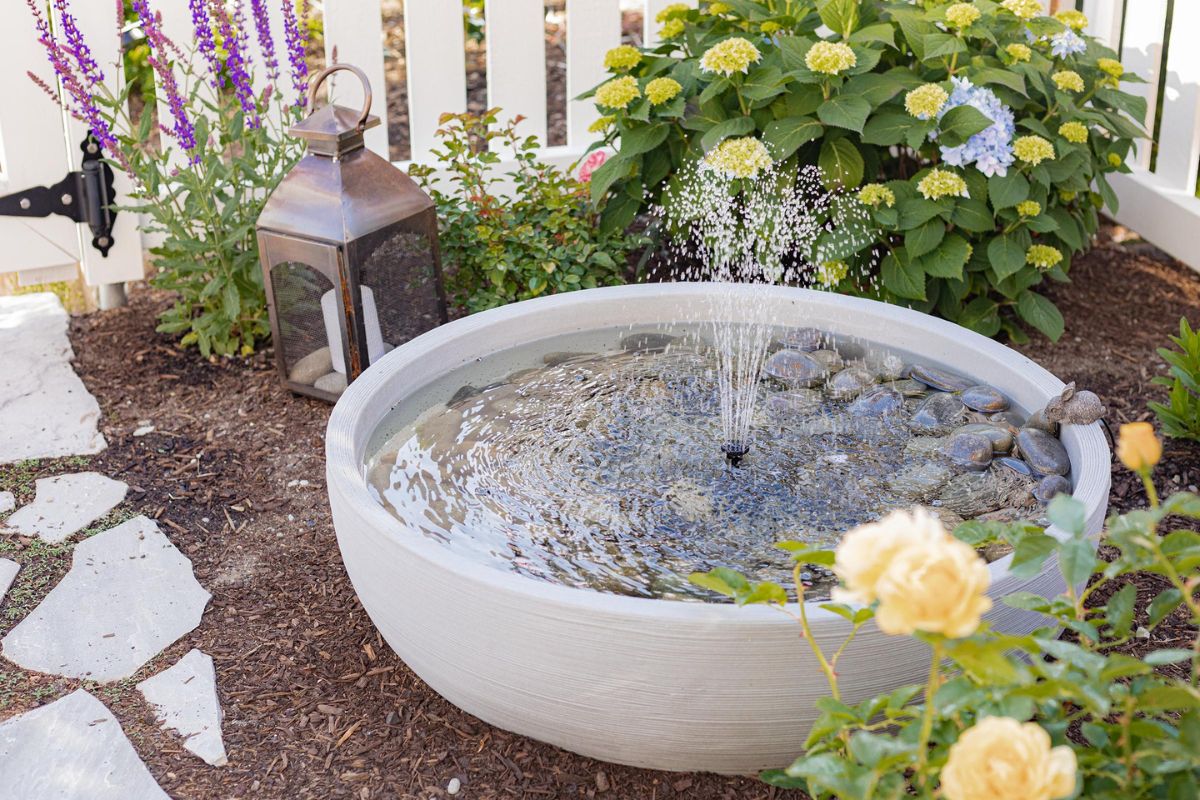
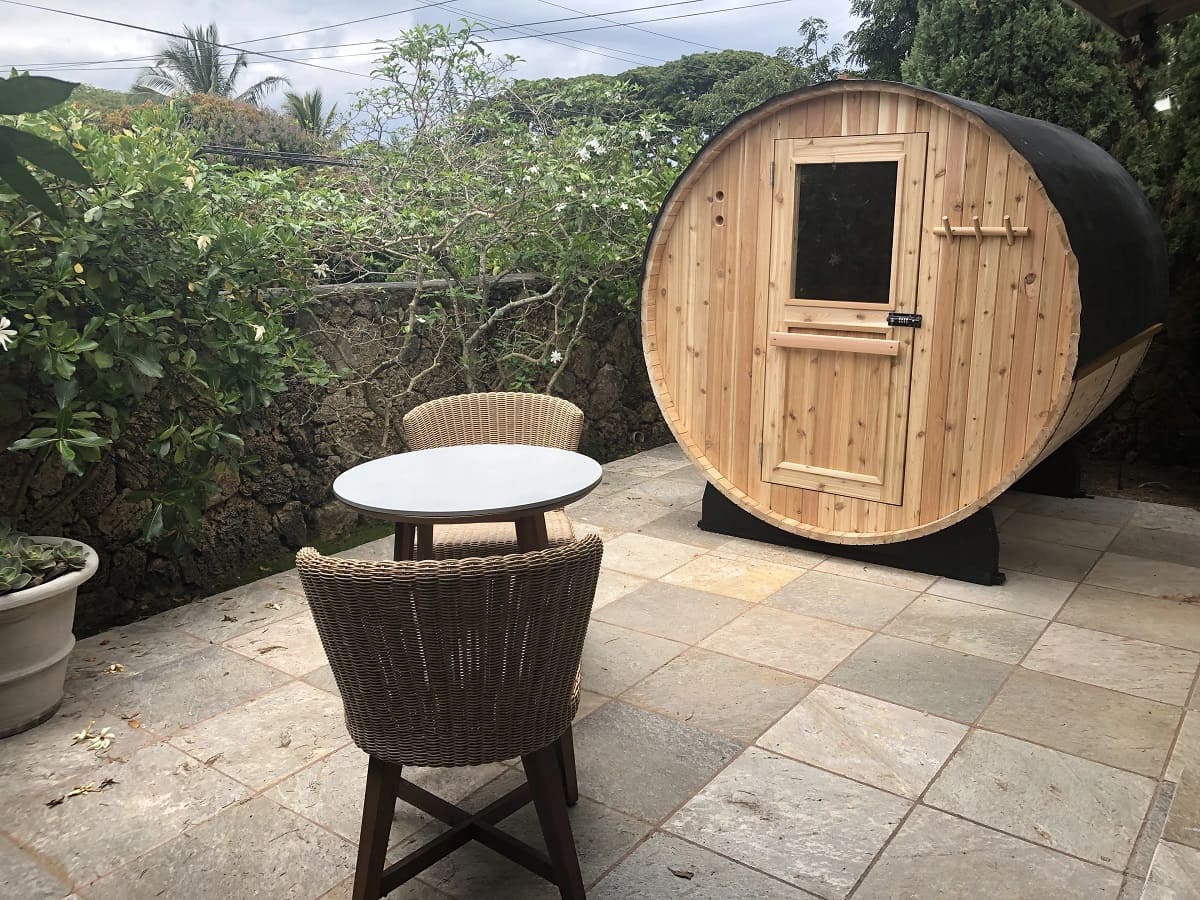
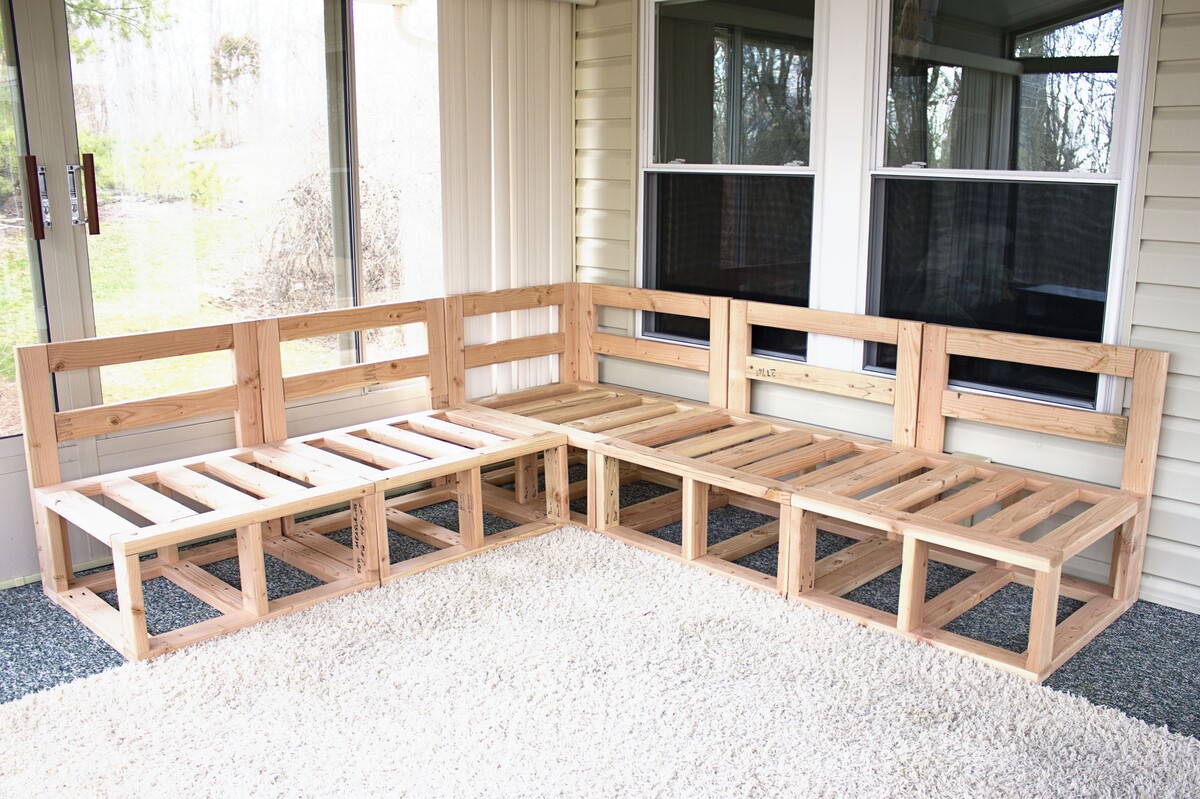
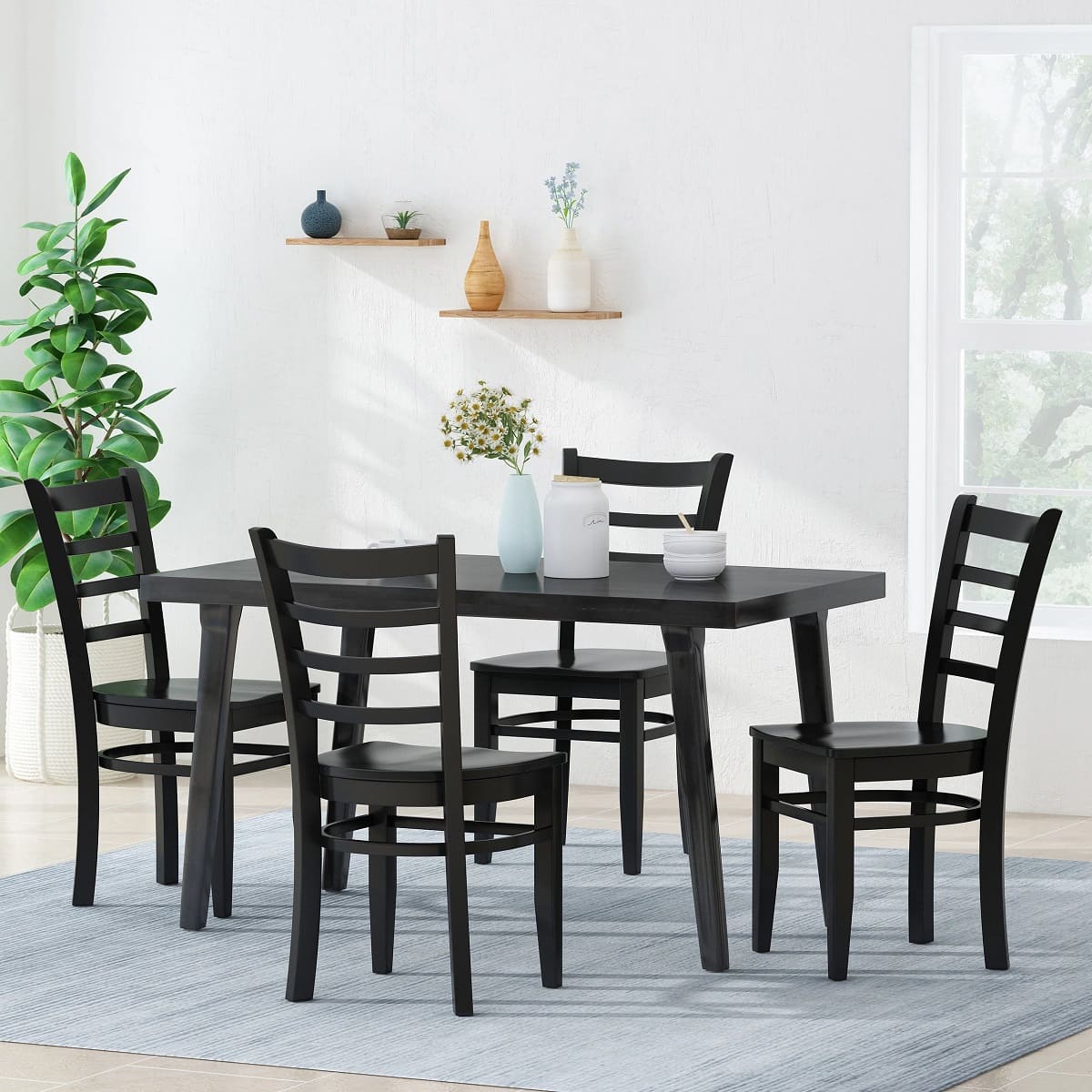
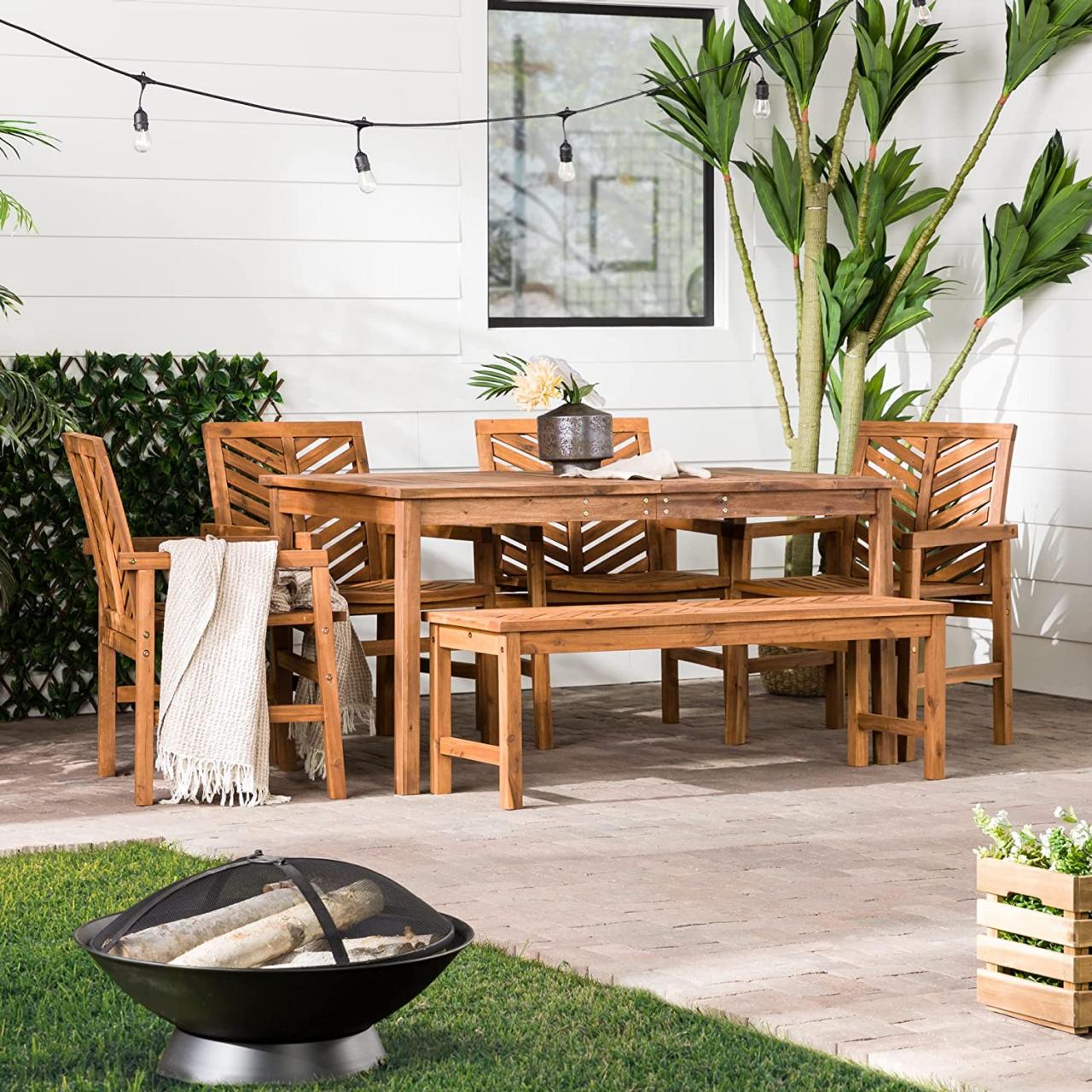
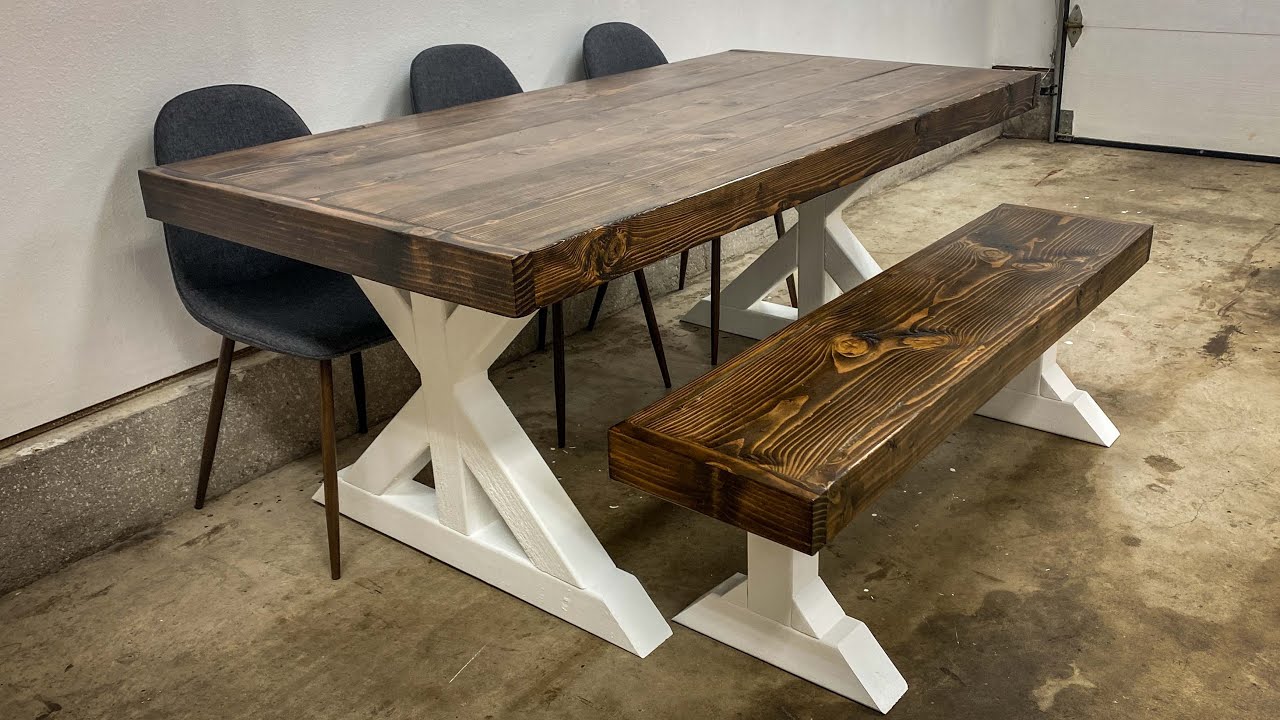
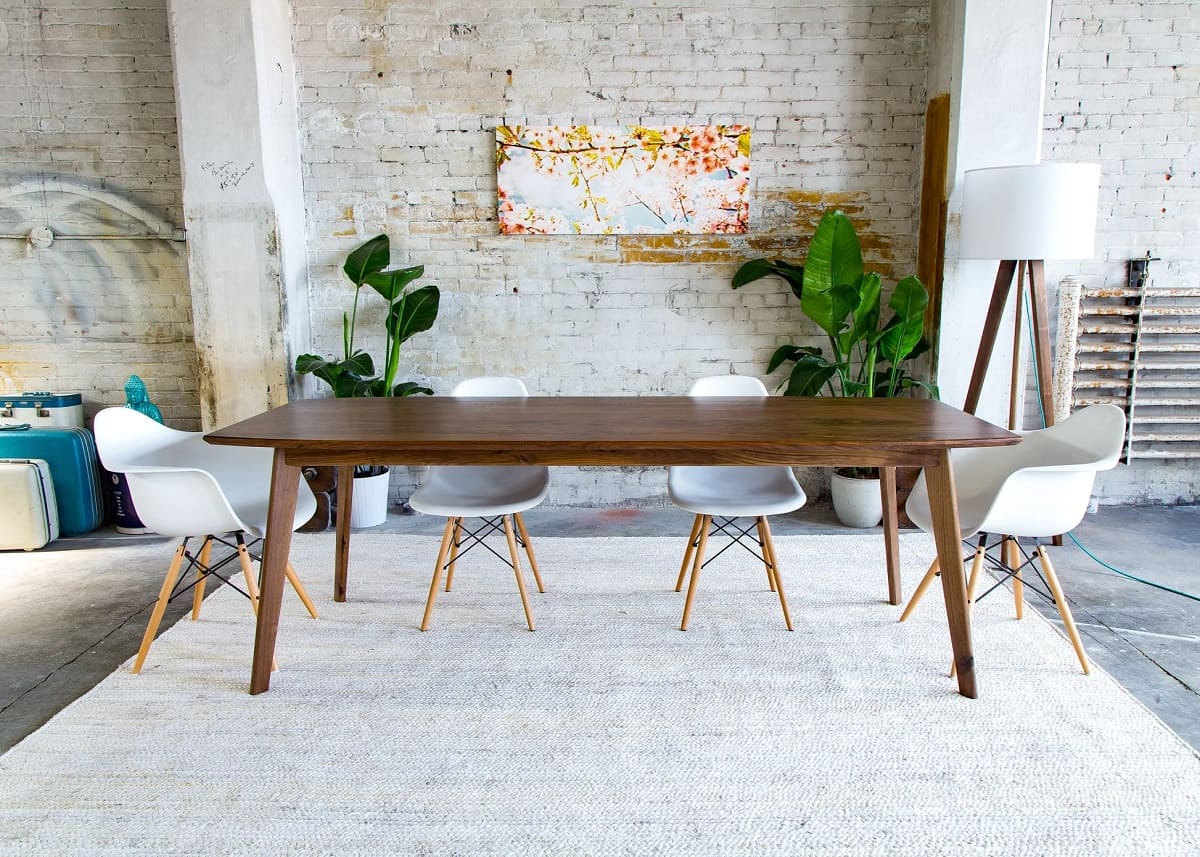

0 thoughts on “How To Build Your Own Dining Table”